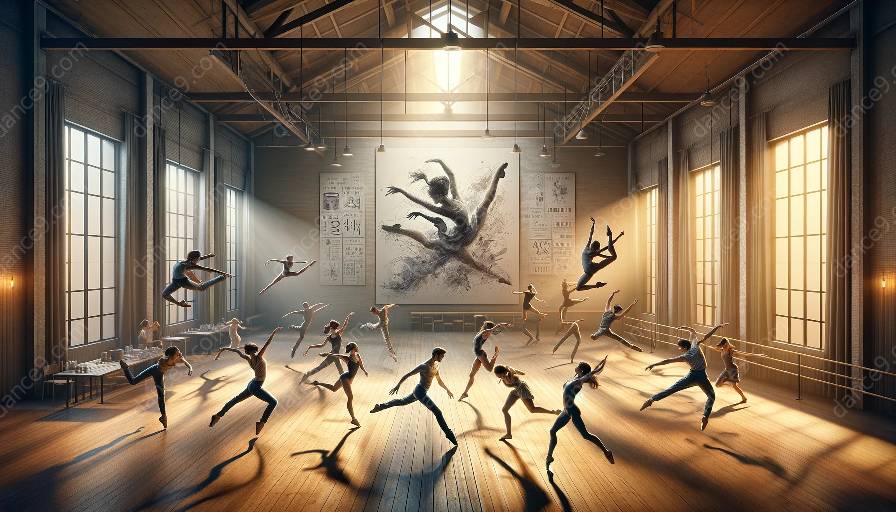Choreography is a fascinating art form that involves the creation and arrangement of dance movements and sequences in a meaningful and expressive way. Within this creative realm, choreographic techniques play an essential role in shaping and defining the movements and structure of dance works. One of the key elements that contribute to the richness and complexity of choreography is the use of motifs and variations.
Motifs: The Building Blocks of Choreography
A motif in choreography refers to a recurring theme or movement pattern that serves as a fundamental building block for the dance composition. These motifs can be simple gestures, postures, or sequences of movements that convey specific meanings or emotions. Choreographers often use motifs as a means of establishing a thematic or structural framework for their work. By employing motifs, choreographers can create cohesion and unity within the dance piece, allowing for the development and exploration of ideas and concepts.
Variations: Exploring Creativity and Diversity
Variations in choreography involve the manipulation and transformation of motifs to generate diversity and complexity within the dance composition. Choreographers experiment with variations by altering the tempo, spatial arrangement, dynamics, and rhythm of the original motifs, thereby creating new iterations and reinterpretations of the established movements. This process of variation adds depth and dimension to the choreographic work, enabling dancers to express a wider range of emotions and narratives through their movements.
Exploring Choreographic Techniques
Choreographic techniques encompass a diverse array of methods and approaches that choreographers employ to create, structure, and manipulate dance movements. These techniques encompass elements such as spatial organization, timing, dynamics, and choreographic devices, all of which contribute to the overall aesthetic and artistic impact of the dance piece. By delving into the realm of choreographic techniques, choreographers can expand their creative toolkit and develop a deeper understanding of how to craft compelling and evocative dance works.
The Role of Motifs and Variations in Choreographic Techniques
Motifs and variations are integral components of choreographic techniques, serving as vehicles for creative expression and artistic innovation. Through the strategic use of motifs and variations, choreographers can imbue their works with thematic coherence, emotional depth, and intellectual complexity. By harnessing these elements, choreographers can create compelling narratives, evoke powerful emotions, and captivate audiences with their artistic vision.
Diverse Applications of Motifs and Variations
The use of motifs and variations is not limited to any particular style or genre of dance. From classical ballet to contemporary dance, choreographers across all disciplines harness the power of motifs and variations to enrich their choreographic creations. Whether exploring narrative-driven choreography, abstract movement studies, or experimental dance forms, the application of motifs and variations allows for endless possibilities in creating innovative and impactful dance works.
Embracing Innovation and Tradition
As choreographic techniques continue to evolve and diversify, the integration of motifs and variations remains a timeless and essential aspect of the choreographer's craft. By embracing both innovation and tradition, choreographers can draw inspiration from established motifs and techniques while also pushing the boundaries of creative expression through inventive variations and reinterpretations. This dynamic interplay between tradition and innovation contributes to the vibrancy and diversity of the contemporary dance landscape.
Conclusion
Exploring the world of motifs and variations within choreographic techniques opens a window into the intricate and captivating realm of dance creation. By understanding the role of motifs as foundational elements and variations as avenues for artistic exploration, choreographers and dance enthusiasts gain deeper insights into the art and science of choreography. Embracing the diverse applications of motifs and variations allows for boundless creativity and innovation, shaping the future of choreographic techniques and the evolution of dance as an art form.






































